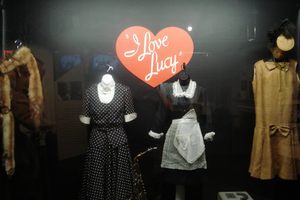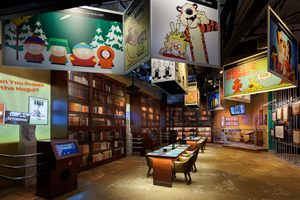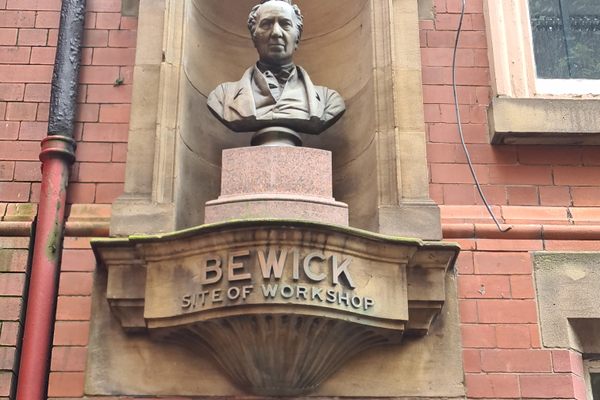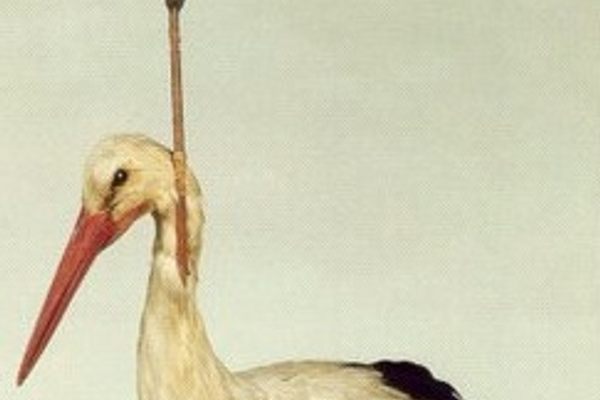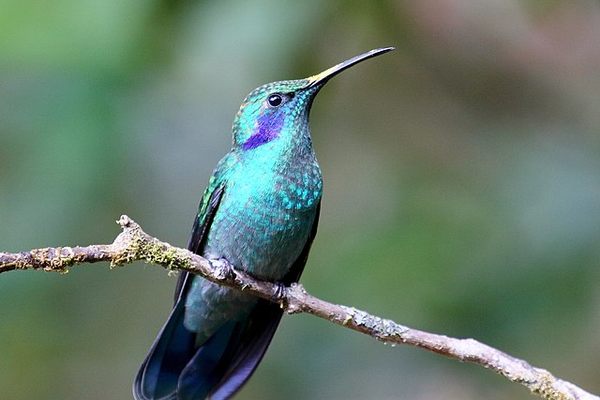About
Off the beaten track, encircled by forest, and festooned on one side by bird feeders is a grand roost for Roger Tory Peterson enthusiasts. Known primarily as a pioneering ornithologist, Peterson was equal parts painter, writer, teacher, and explorer. His major works and relics from his travels are collected at this institute, where they are accessible to the generations of aficionados of his nature guides.
Born in Jamestown, New York, in 1908, Peterson was swift to embrace the world of birds at age 11 after a chat with a teacher who started a Junior Audubon Club. His father often groused about his lateness getting home from school after chasing birds on his way, and his classmates thought him a bit of a loon. But when Peterson won a drawing contest at age 14 for one of his nature studies, his parents realized his interests were more than a lark.
Peterson's career was filled with many twists and terns, and despite his lack of formal degree, he was hired as a teacher of natural history and art at the Rivers School for boys in Massachusetts in 1931. He inspired his brooding students, and was nominated as Teacher of the Year by one of the boys, Elliot Richardson—who later became later famous as the U.S. Attorney General who stood up to Richard Nixon during the Watergate scandal.
In 1934, Peterson convinced an agent at Houghton-Mifflin to publish his Field Guide to the Birds, even though the other publishers railed that it would be a failure. Only 2,000 copies were initially printed. They sold out almost instantly, and Peterson’s career took wing.
Peterson was working for the Audubon Society in New York when the war hawks came calling at the onset of WWII. Not one to duck his civic responsibility, he served in the Army Corps of Engineers, preparing manuals on defusing land mines. Later, he was billeted with the Air Force to study DDT, an assignment that pushed him to the forefront of the environmental movement.
Peterson’s reputation as a world traveler and naturalist was solidified in 1954 when he hatched a plan for a 100,000-mile trip that culminated in the book Wild America. Memorabilia and video footage from his travels are on display at the institute.
By the time he died in 1996, Peterson had written or edited more than 50 books on birding and nature, and inspired generations of environmentalists, illustrators, and amateur birders. The institute not only crows about his achievements, but also features works of other exceptional artists and naturalists. Visitors flocking to this site will have no egrets.
Related Tags
Know Before You Go
The museum is open Tuesday through Saturday, from 10 a.m. to 4 p.m., and Sundays from 1 p.m. to 5 p.m. They are closed Mondays and holidays. The institute's grounds and trails are open seven days a week, from dawn to dusk.
Community Contributors
Added By
Published
May 12, 2020


































